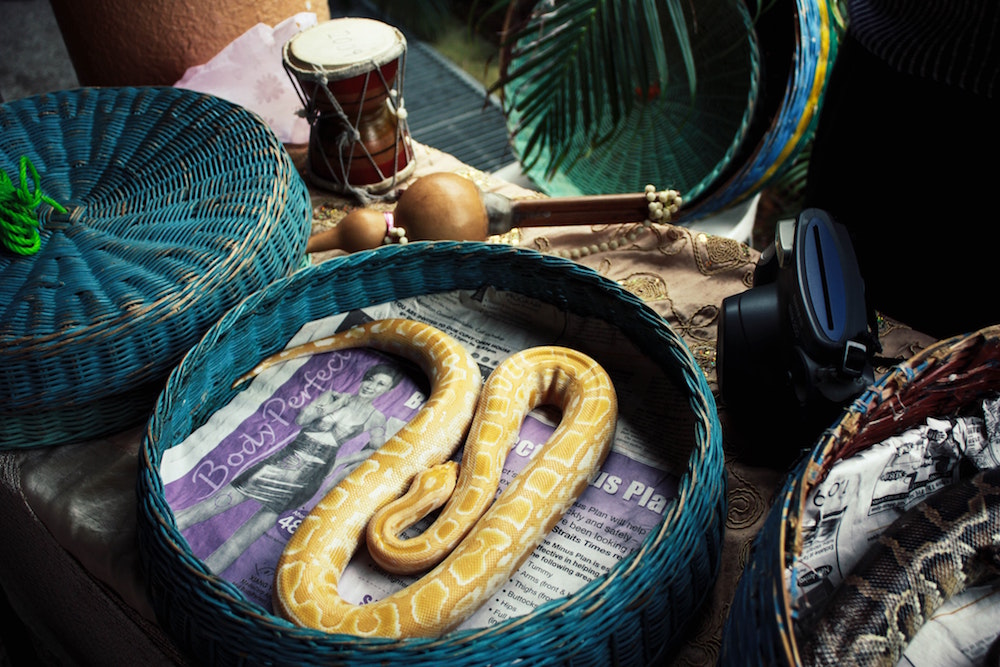5 Things to Know Before You Get a Pet Snake
For a snake-enthusiast turned first-time owner, there are a few key things to know before getting a pet snake. Don’t be intimidated, however. Keeping a pet snake is far easier than having a dog or a cat and costs significantly less money. While that alone may have you itching for a new scaly friend, choosing and caring for these exotic animals involves a bit of know-how.
Know which snakes are best for beginners
To begin your snake-owning experience off the right way, starting off with a good beginner snake is highly recommended. Corn snakes, kingsnakes, and ball pythons are all affordable, low maintenance options that are perfect for beginners. They range on the smaller size, giving first-timers the opportunity to master the humidity, temperature, and lighting needs of a smaller enclosure. Plus, they’re beautiful to boot. \

Understand that not all snakes enjoy being handled
If walking around with a snake draped over your neck or wrist is something you want, you’ll need to do research on the specific species. Different species can have wildly different dispositions and tolerances for being handled or touched. Snakes that don’t like to be handled may become aggressive when agitated. Others may never lash out but become severely stressed which could result in illness later on. Regardless of species, a snake bred in captivity is much more likely to be sociable and handleable than one that was caught in the wild.
Snakes don’t need live prey
This common misconception has been perpetuated throughout popular culture, but snakes don’t only eat live prey. Live mice or rats can cause significant (and wholly unnecessary) injuries to your pet snake. Depending on the species, most snakes will readily accept frozen thawed rodents for their food. When choosing the size of their prey, make sure that it is no thicker than the widest part of their body. Anything larger puts your snake at risk of internal injury.
Female snakes are usually larger than male snakes
This isn’t the case with all snake species, but female snakes tend to be larger than their male counterparts. The difference can be a significant one. Females are often 2-3 feet longer on average. This can be an expensive difference that requires bigger prey (and more often) and a larger enclosure. If you live in a small space, pay attention to gender when going snake shopping and look for a male.
The price of buying a snake will vary depending on the morph
When buying any kind of snake, the price can vary from a few hundred dollars to several thousands. The reason for this is the rarity of the colors and patterns (aka. morphs) of a snake. If you are looking to find the least expensive variety of a snake, look for the morph that is the most common rather than the most popular. A single species can have hundreds of morphs so don’t just buy the first one you see.
Being cold-blooded has its perks and makes snakes a wonderfully low maintenance pet. Keep these tidbits in mind before you go in search of corn snakes, kingsnakes, or ball pythons for sale.






